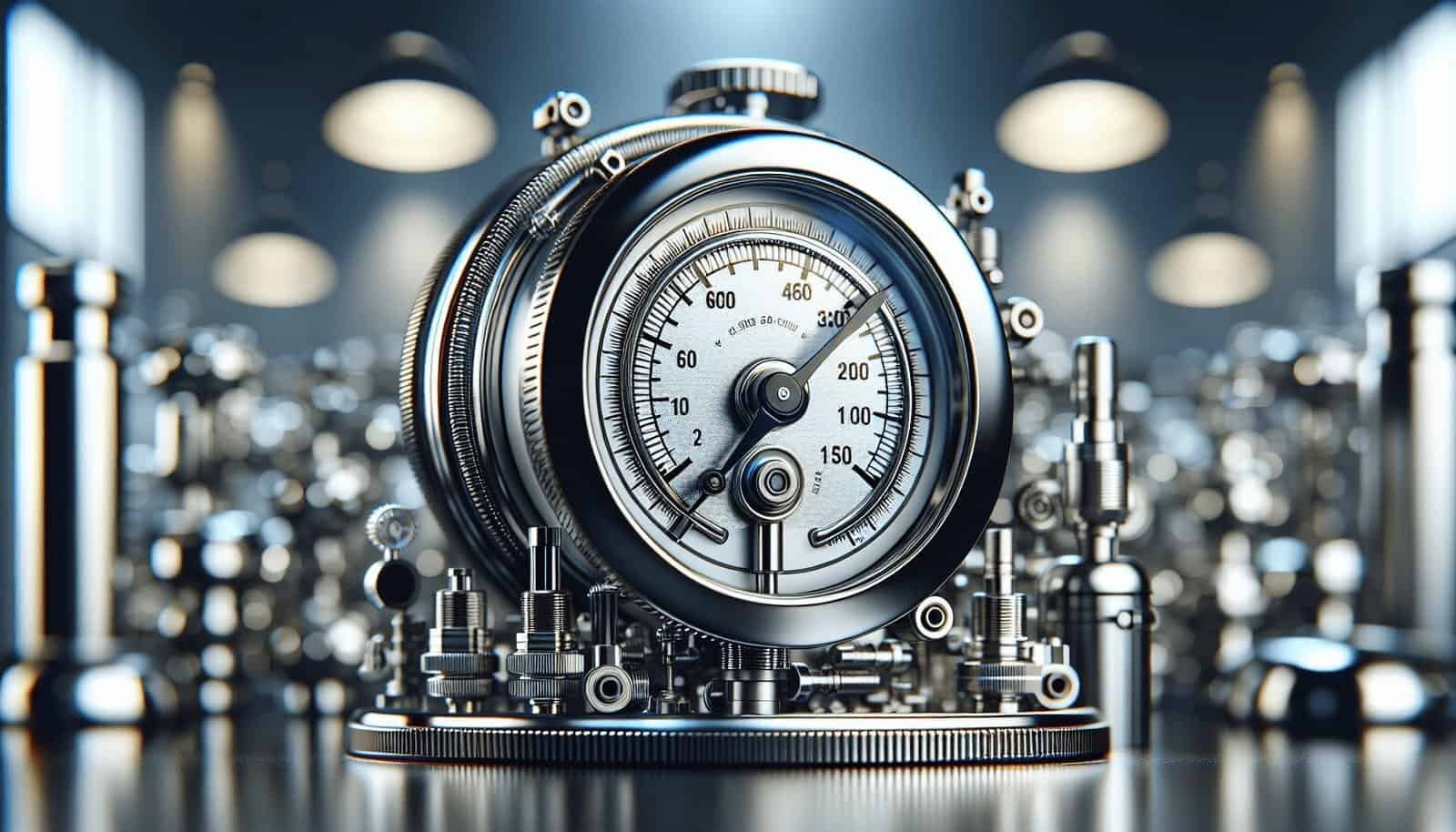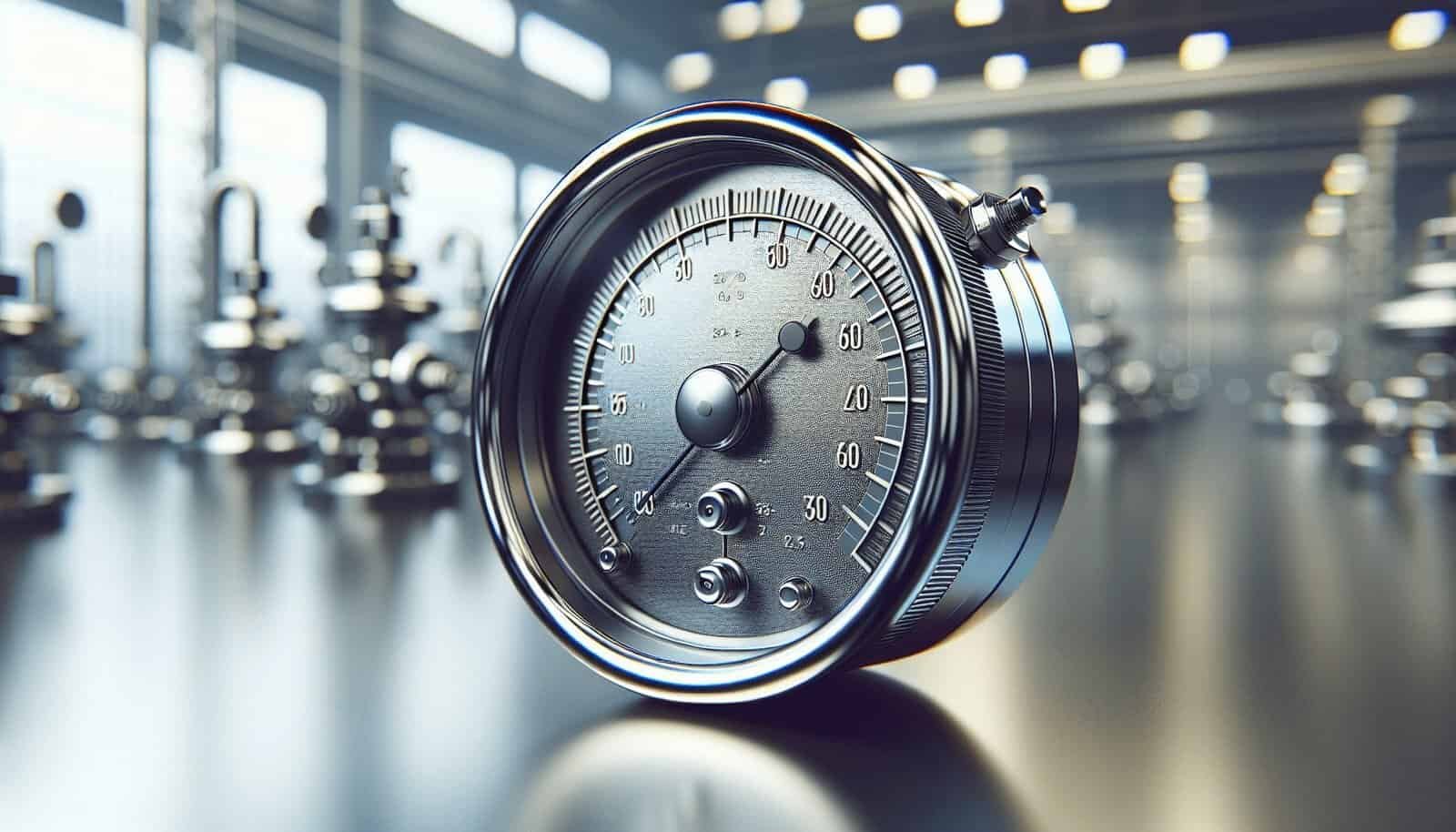Have you ever wondered how a constant pressure system works, especially when it comes to maintaining the water pressure in your home or business? Understanding how these systems function can greatly enhance your everyday life, as they ensure that your water pressure stays consistent no matter the demand. This ensures that whether you’re taking a shower or watering the lawn, the pressure remains steady without any sudden drops or surges.

What is a Constant Pressure System?
A constant pressure system is designed to maintain a steady and reliable water pressure level irrespective of the water demand at any given time. It’s an intelligent solution commonly used in residential and commercial settings where water pressure consistency is paramount. This system prevents the fluctuation of pressure that often plagues traditional well systems by automatically adjusting the speed of the pump based on the water requirement.
Components of a Constant Pressure System
To better understand how a constant pressure system works, let’s take a look at its main components:
Pump: The pump is pivotal in moving water from the source to your home. In these systems, a variable speed pump is often used, allowing it to adjust its operation based on the water demand.
Pressure Sensor: This device is vital for measuring the water pressure in the system. It sends data to the control unit to ensure the pump maintains the desired pressure.
Control Unit: The brain of the system, the control unit processes the data from the pressure sensor and adjusts the pump’s speed to maintain a constant pressure.
Pressure Tank: Provides a buffer for water storage, helping to minimize pump starts and stops, and ensures an immediate supply at the desired pressure.
How Does It Work?
The process starts with the pump drawing water and pushing it through the system. The pressure sensor continuously monitors the water pressure and communicates with the control unit. If the water usage in your home increases, the sensor detects a drop in pressure and signals the control unit to increase the pump speed. Conversely, if the water usage decreases, the pump slows down, conserving energy and reducing wear and tear. This intelligent adjustment ensures a seamless and constant water pressure experience.
Benefits of a Constant Pressure System
A constant pressure system offers numerous benefits for homeowners and businesses alike. Some of the significant advantages include:
Consistent Water Pressure
Unlike traditional systems, a constant pressure solution keeps your water pressure stable, irrespective of how many fixtures are running simultaneously. Say goodbye to unexpected bursts of scalding or freezing water in the shower when someone else turns on a tap.
Energy Efficiency
Constant pressure systems use variable speed pumps, which adjust operation based on demand instead of running at full speed all the time. This feature can lead to significant energy savings over time.
Prolonged Pump Life
Since the pump doesn’t need to operate at full capacity continuously, there’s less wear and tear on the system. Reducing the pump’s workload can extend the lifespan of the equipment, saving you money on repairs and replacements.
Quiet Operation
Traditional water systems often involve noisy pump cycling. In contrast, constant pressure systems run smoothly and quietly, enhancing your space’s comfort and environment.

Troubleshooting: Water Turning Green or Blue
Now, let’s address a common issue related to water systems: What should you do if your well water turns green or blue?
Possible Causes
High Copper Levels: Blue or greenish tint in water often indicates elevated copper levels. This can result from corroded pipes or fixtures.
Algae Growth: If your water source is a well or reservoir, the presence of algae can cause a green tint.
Understanding the root cause is essential for resolving the issue effectively. Here’s how you can address these problems:
High Copper Levels
Elevated copper levels often result from corrosion in plumbing systems. To combat this:
Check Plumbing: Inspect your home’s plumbing, focusing on copper pipes and fittings for any signs of corrosion.
Water Testing: Conduct a professional water test to confirm the copper levels.
Neutralize Water: If the water is too acidic, consider installing a neutralizer to balance the pH and protect pipes from future corrosion.
Algae Growth
If algae is the culprit, consider the following steps:
Light Exposure: Reduce sunlight exposure to your storage tanks and reservoirs, as light promotes algae growth.
Water Treatment: Use an appropriate algaecide or water treatment solution to eliminate the algae presence.
Filtration System: Install a filtration system designed to handle organic contaminants.

Installation and Maintenance of a Constant Pressure System
Installing a constant pressure system is a wise investment in your home or business’s water management. Understanding the installation process and maintenance requirements is crucial to ensuring long-lasting performance.
Installation Process
Installing a constant pressure system involves several steps, typically carried out by a professional technician:
Site Assessment: The first step is to assess your current water system and determine the best location for the new system components.
Component Installation: Install the pump, pressure sensor, control unit, and pressure tank at the designated locations.
Setup and Calibration: The technician will calibrate the system, setting the desired pressure parameters and ensuring everything works seamlessly.
Testing: After installation, the system will be tested to confirm it maintains constant pressure and operates correctly under various demand scenarios.
Regular Maintenance
To ensure optimal performance of your constant pressure system, adhere to a regular maintenance schedule:
Annual Inspection: Have a professional inspect the system at least once a year to detect potential issues early.
Pressure Sensor Calibration: Over time, pressure sensors may drift, so regular recalibration ensures accurate pressure readings.
Check for Leaks: Regularly assess your system for any leaks, which can compromise efficiency and increase operational costs.
Pump Maintenance: Ensure the pump doesn’t overheat and complies with the manufacturer’s maintenance guidelines.
Troubleshooting Common Issues
Knowing how to troubleshoot common issues with constant pressure systems can save you time and prevent more severe problems:
Pressure Fluctuations: If you notice pressure fluctuations, check the pressure sensor first for any calibration issues.
Unexpected Noises: Unusual sounds from the system could indicate pump or control unit issues. Listen carefully and pinpoint the source.
Sudden Pressure Loss: This can occur if there’s a leak or the pump isn’t operating correctly. Inspect the system thoroughly.

Future Trends in Constant Pressure Systems
As technology advances, so do the innovations within constant pressure systems. Keeping an eye on future trends can provide insight into how these systems will evolve and potentially benefit you further.
Smart Integration
The future integration of smart technology in constant pressure systems will allow homeowners to control and monitor their systems remotely via smartphones. This advancement ensures real-time diagnostics and adjustments, improving energy efficiency and convenience.
Enhanced Efficiency
Research and development are always ongoing in the water industry. Future systems are likely to become even more energy-efficient with more advanced pumps and control systems.
Sustainable Solutions
As environmental awareness grows, constant pressure systems may integrate more eco-friendly components and materials, aligning with sustainability goals without compromising performance.

Conclusion
Understanding how a constant pressure system works and its benefits can optimize your home or business’s water management. These systems provide consistent water pressure, energy efficiency, and a longer lifespan for your pump. Moreover, they offer a quieter operation compared to traditional systems, enhancing overall comfort.
When faced with issues like green or blue water, identifying the root cause is crucial for effective resolution, whether it’s addressing high copper levels or algae growth. Proper installation and regular maintenance extend the life and performance of your constant pressure system while troubleshooting common issues promptly helps to avoid extensive repairs.
With technological advances and a focus on sustainability, the future of constant pressure systems looks promising, including smart integrations and enhanced efficiency. Investing in a constant pressure system is a step toward improved water management, providing you with peace of mind and a consistent water supply. So, are you ready to embrace the many advantages that come with a constant pressure system? Your journey towards optimal water management could start today.
